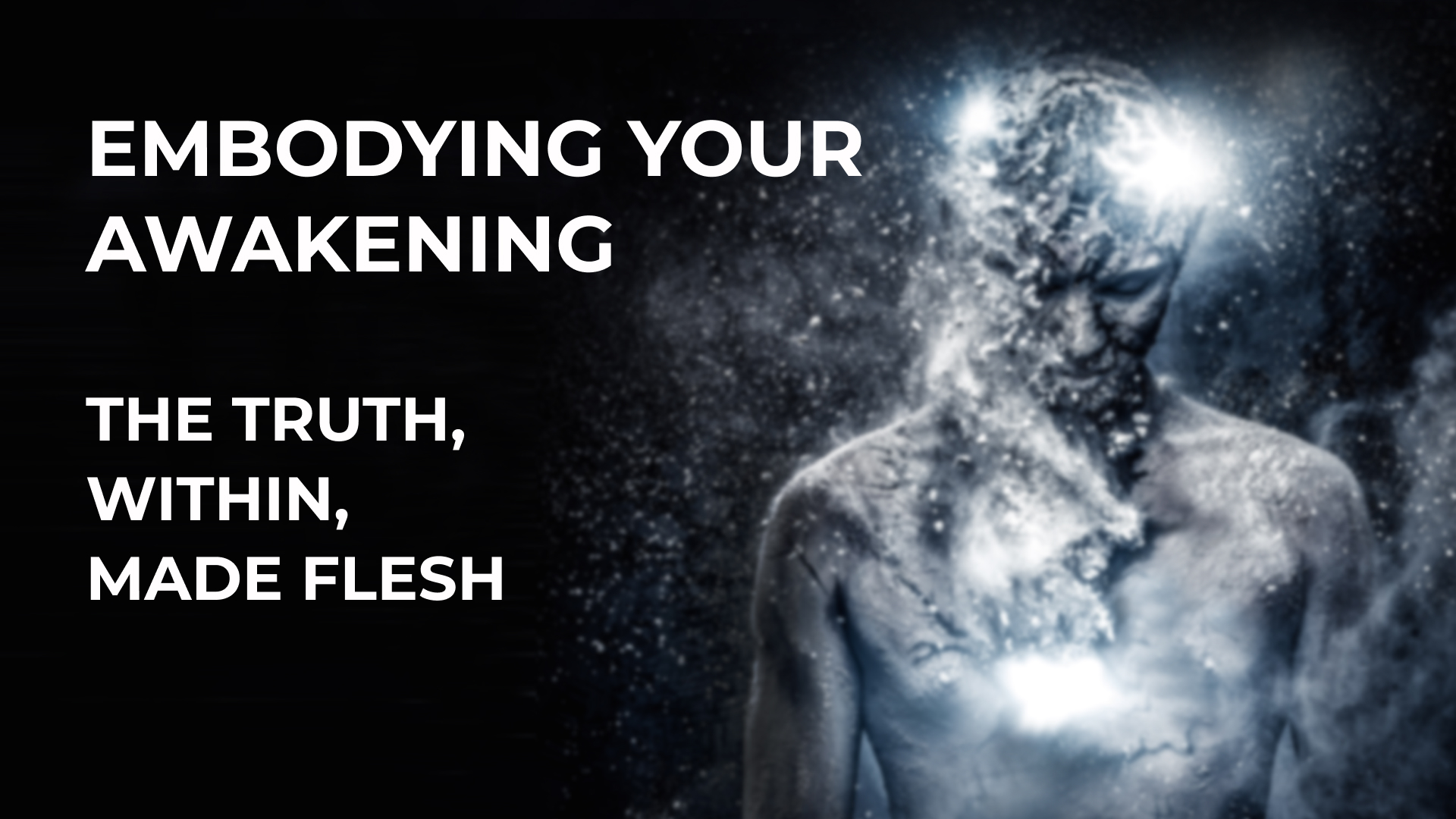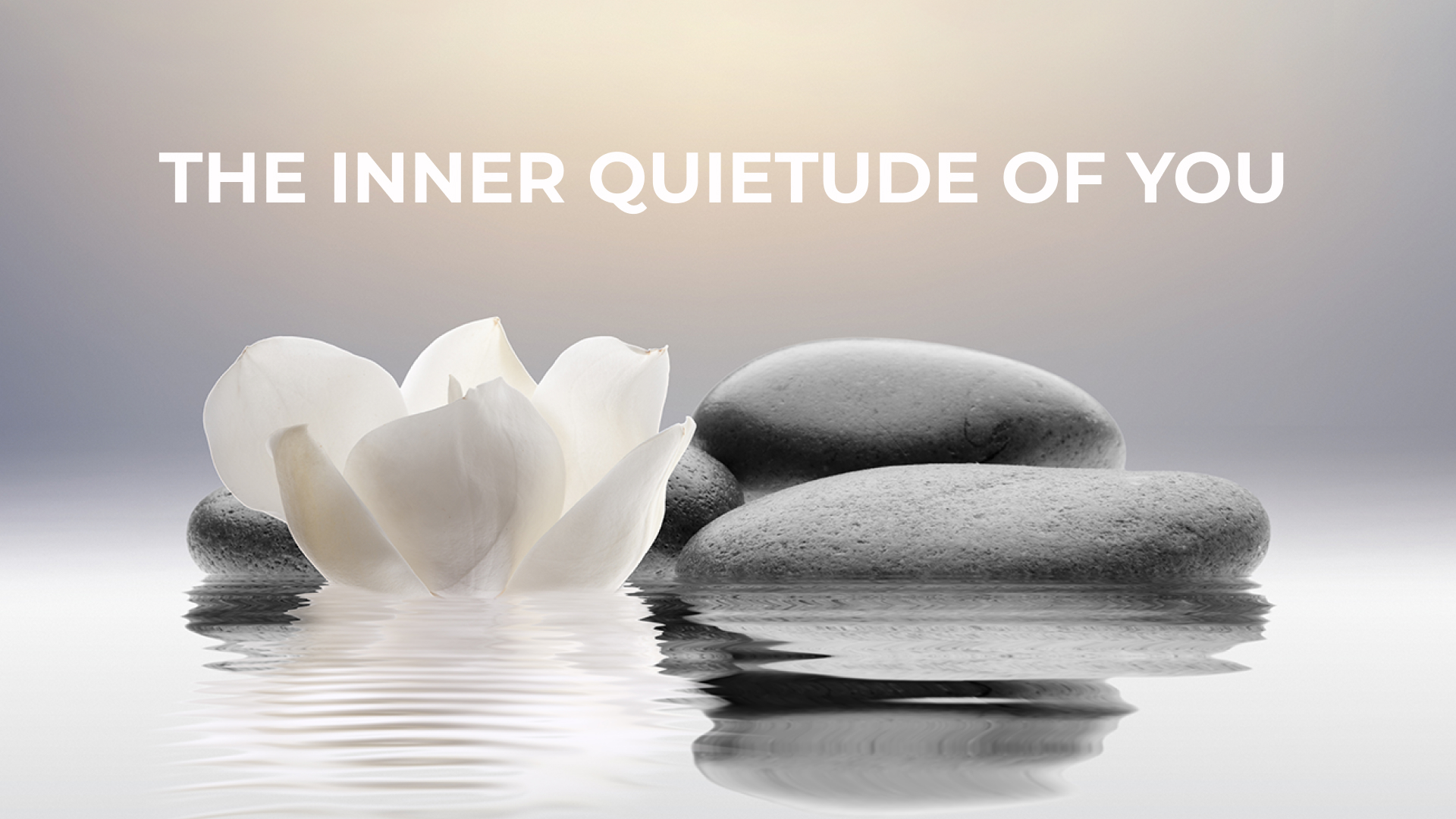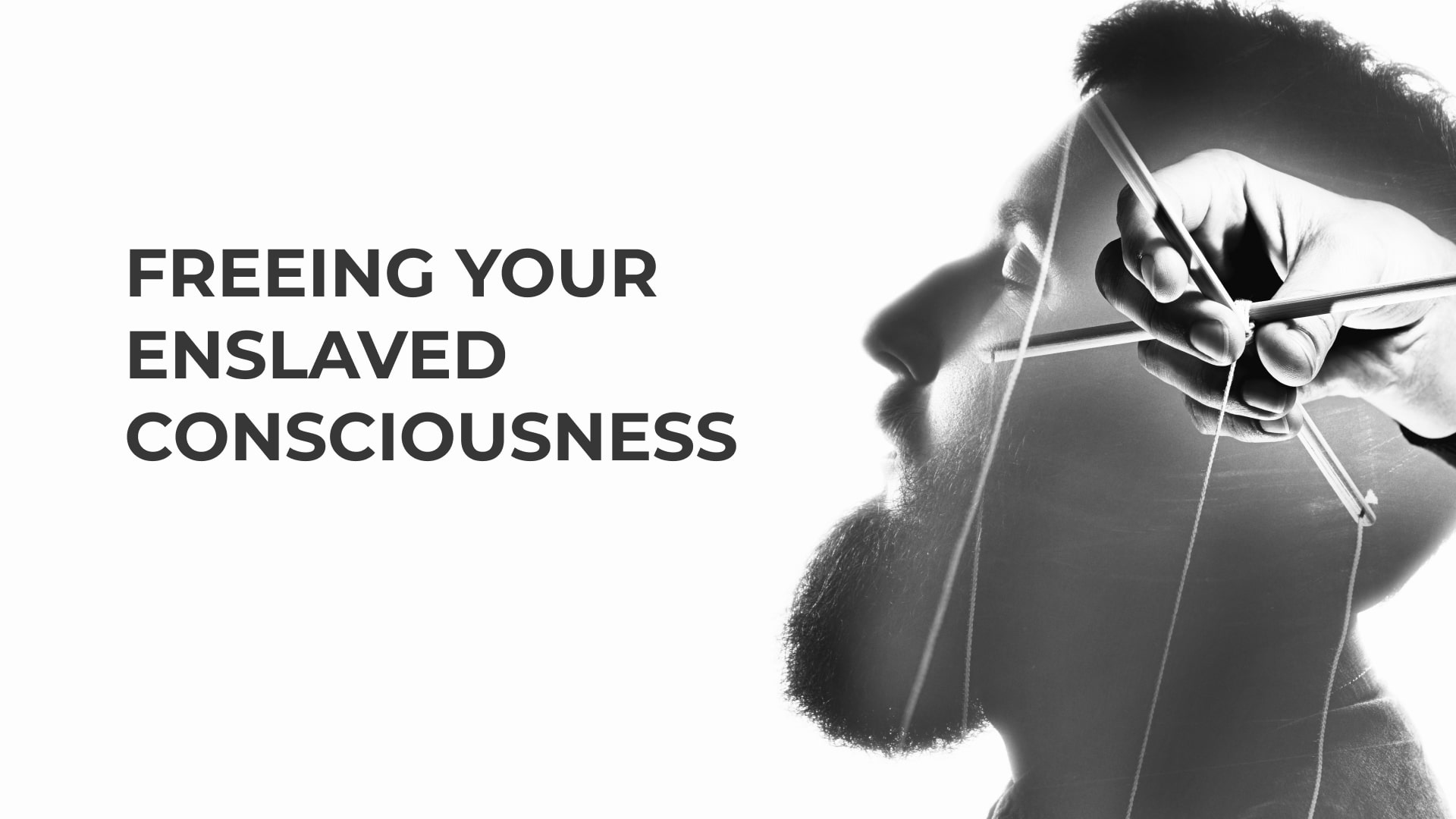Q: What is love? Could you show me?
John: Love is not a feeling. It’s not a thought. It’s not an understanding. It isn’t physical. It isn’t mental, but it can be felt. It can be registered in your body and in your mind; it can register in your nervous system. It is what your being is made of. It is what you really are. It is the substance of goodness, the substance of wellbeing, the substance of nurture, and as it moves, it moves in so many various streams.
There are so many levels to love. The most recognizable level is the movement of most delicate and nurturing affection. As it goes deeper, love is the essence of openness and softness of heart. In being that, you have access to the whole world of love in form – levels of love in form; the whole world of your being. All of it registers as love and moves as love.
Q: You’ve said: “Once we meet here on earth, after we die we will meet again.” What does that mean?
John: When you meet anyone, as soon as there is the slightest little touch of meaning in the meeting, there is a movement of being within that touch. The movement of being, as it registers in your self and in your person, easily gives you a sense of recognition, within, that there’s someone else who’s really there: a recognition of meaning. There is a bond of being, a form of being that connects the two of you. That tiniest little bit of connection is permanent. It all forms together in a deeper level of your self. It’s what makes you smile when you see someone. It’s a manifestation of the connectivity of being. Any little touch of that connectivity is permanent.
When you die all of that remains. Everything that is real remains. After you’ve died you won’t be limited in how you experienced limitation here in meeting others. You won’t be limited by lack in your self – a lack of development in your self or a lack of development in your personality. Your capacity to communicate won’t be restricted by anything that you’re familiar with in your self or your personality. All real communication is based on knowing and being, expressed through the forms of your self. After we’ve died, everything is knowing and being.
Q: What is the purpose of integrating our self?
John: Deeper than ourselves, what we are is meaning aware: it isn’t a person, it isn’t a self – meaning aware that moves as love. We are so accustomed to moving as form: the forms of our selves, our mind, our body, the levels of personality, that we lose sight of the source that is feeding meaning into all of this form that we’re so accustomed to. It’s that source that is what we really are, and all of this form that we’re familiar with is form not all integrated yet. It’s in consciously being what we really are, within these forms, that the source of what we are assimilates these forms.
Everything that’s integrated of our selves and of our personality moves in the same way that we really are. It moves in the same way as our being.
The integration of our selves doesn’t take place through the developmental phases that we go through in life. The integration of our selves occurs from within the heart and from within our humanness, from within the connectivity of being, in form. In our selves we’re able to learn and develop without integrating – without that being integrated into what we really are. As we develop without that integration we also develop a sense of being separate from profound meaning. That sense of separation drives us into wanting meaning and needing meaning in our selves, in our personalities and in our lives. That want and need is projected onto our selves. We project it onto things in our lives and onto others, as though the meaning comes from what is in our selves or outside of our selves. The truth of it is that what you are is meaning – meaning that is aware. It isn’t the meaning of something. It is meaning itself.
You have a self, a body, a mind, a personality, relationships and a life through which to register, in form, all of this meaning that you are. We’re not here to find meaning. We’re here to register what we already are as meaning: meaning aware, registered within levels and levels and levels of seen, identifiable form.
What we really are registers with so much form in our selves, within the mind, the nervous system, the body, that the experience of meaning is very dense. We believe that what we are is that experience and is that form. As soon as we believe that, we attach to meaning that we experience in our selves and outside of ourselves, and we become dependent no longer on what we really are but on experiences that are meaningful. We create a dependency on the self we have – an unintegrated form. We create a dependency on form in others, as though we cannot really be what we really are without getting that from others. We separate from meaning, so then we look for meaning in what self we have and in the relationships we have, in the things we have.
The more that we move like that, the more dependent we are. We develop an addiction to experiences of meaning. We isolate meaning as something that we register within the appetites of our body and our self instead of being awareness at home, rested in meaning, as meaning, where there’s nothing to be done for you to be meaning. You no longer need to have meaning because you are meaning.
The deeper that you go into what you really are, the greater depth of meaning there is.
We are here to integrate being meaning, but on levels of form that are dense, solid, physical. The mind is physical: not physical in how your relate to the chair that you’re sitting on, but the stuff of mind is all physical. A thought is a form that’s very dense. It’s what enables you to register a thought; it’s what enables you to feel a thought; it’s what enables a thought to register in your body. There’s a physical relationship between a thought and your body. We have so much form here, and it is all to be integrated by meaning aware. The movement of meaning aware is love. All of this form we have is to be integrated by levels and levels and levels of love.
All of our unseen levels, the levels of being, remain with us after we’ve died. Our being, with all of its movement, all of its levels, all of its capacity, all of its form – perfect, complete form of meaning, perfect form of what you really are – is incorruptible, indivisible, will never pass away. Everything that you, meaning aware, integrate of thought and feeling, of will, emotion and body also remains with you, is you after you’ve died. Whatever you haven’t integrated of these forms in your self, your personality and your body; everything that you haven’t integrated passes away when you die.
What you really are is real. The perfect and complete forms of what you really are, your being, are real. The unseen levels of existence, the deeper levels of reality, are permanent: it’s all you. The seen forms that you have – the forms of your self, your mind, your body, your personality, everything that is genetic – are actual but aren’t real yet. What makes them real is when you, meaning aware, integrate being within that form. That form is meant to become the same as you. Once you’ve integrated it, then that form is you.
Q: Thank you very much, John.









